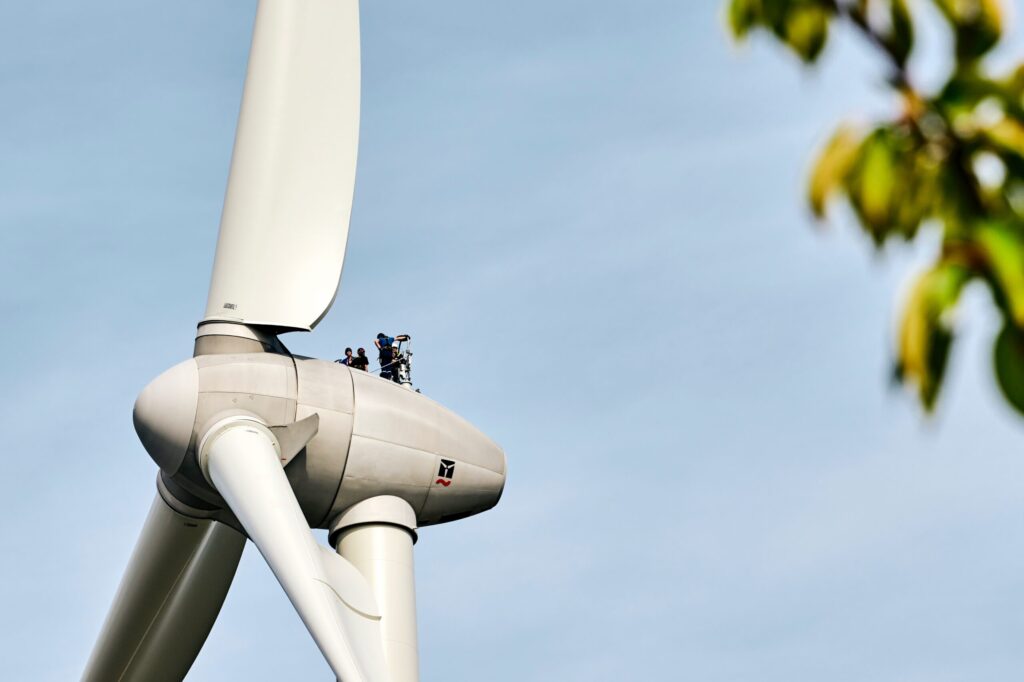

As part of our Bearings 101 series of informational articles, we’re highlighting types of bearings or bearing components. For this edition, we’re looking at roller bearings.
Let the good times roll!
Despite the name, you won’t find roller bearings in roller skates. Instead, roller bearings show up in places like wind turbines, conveyor systems, and agricultural machines.
The thing that differentiates roller bearings from other types of bearings is, well, the rollers. Where a ball bearing has balls between its races, a roller bearing has rollers: cylindrical elements that roll to reduce friction. Because of their shape, rollers make more contact with a bearing’s raceway than balls. Wider contact surfaces make it easier for the bearing to handle a higher radial load. Roller bearings reduce friction in motors, axles, gear reductions, machine tools, and other machinery.
There are a few types of roller bearings, each with its strengths and weaknesses.
- Cylindrical roller bearings, with simple cylindrical rollers, can support heavy radial and impact loads at high speeds. They have a wide variety of applications.
- Conical or tapered roller bearings have cone-shaped races with cylindrical rollers. They can handle radial and unidirectional axial loads. They most commonly appear in car and truck wheels.
- Spherical roller bearings have a spherical shape to the inside of their races. The rollers are shaped like barrels. They have higher friction than other roller bearings, but can safely tolerate more misalignment and heavier radial loads.
- Thrust roller bearings are designed for axial loads, such as on a vertical shaft. They can be cylindrical, spherical, or tapered.
- Needle roller bearings have thin, needle-like rollers – hence the name. Their small rollers means they add little weight and can fit into tight spaces. They wear out more quickly than other roller bearings.
For help selecting the right roller bearing for your application, finding a specific bearing, or placing an order for roller bearings, contact one of our sales engineers.
Have you seen our other Bearings 101 articles? Here are our pieces on Thinex and torque tube bearings, machine tool spindle bearings, deep groove bearings, a comparison of bushings to bearings, and our bearing glossary.
What bearing-related subject would you like to read about? Let us know by email, phone, or by using the chat feature on our website.





